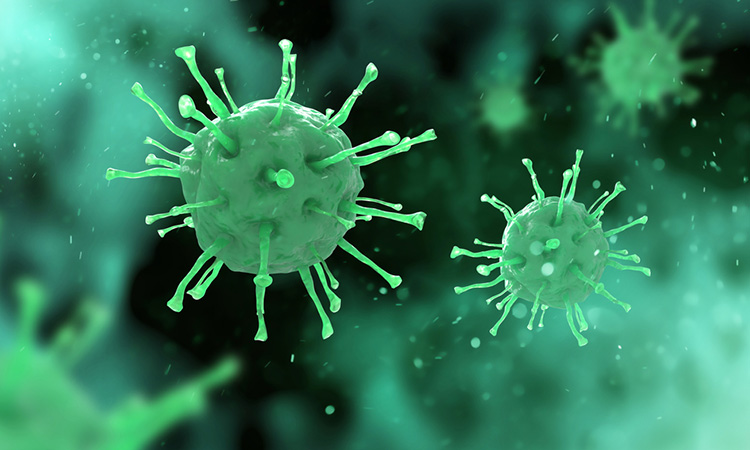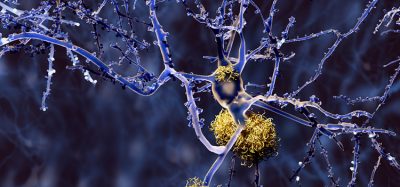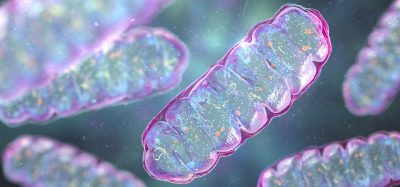Study maps how COVID-19 infects various organs in the body
Posted: 4 September 2020 | Victoria Rees (Drug Target Review) | No comments yet
By analysing the expression of 28 genes, researchers have been able to identify which organs are most vulnerable to infection from COVID-19.


New research has led to the development of potential roadmaps for how COVID-19 infects organs and identifies what molecular factors could help facilitate or restrict infection. The study was conducted at Cornell University, US.
The team analysed the RNA expression of healthy human tissues to develop a comprehensive profile of the molecular factors that both facilitate and restrict SARS-CoV-2 infection.
The study mapped the expression of 28 human genes dubbed SARS-Cov-2 and Coronavirus-Associated Receptors and Factors (SCARFs). By looking at the single-cell RNA expression of these genes, they could predict which tissues and cell types are most vulnerable to coronavirus infection – in both adults and embryos.
“The data suggest that it is not just a respiratory disease,” said lead author Professor Cedric Feschotte. “It is much broader than that and has the potential to affect many other organs. Our analyses suggest that there is a wide range of cellular vulnerabilities.”
Without the immune system’s ability to respond quickly, Feschotte said, naturally occurring restriction factors already present in the tissues represent the body’s main line of defence against SARS-CoV-2.
Mapping the different entry points for the virus also is essential for trying to predict where the virus will go after it enters the body. Moreover, by pinpointing the molecular routes of infection, other researchers can use those areas as targets for developing drugs to overcome the infection.
According to the researchers, their study indicates alternate entry paths for how the virus could enter the lungs, central nervous system (CNS) and heart. Their research also supports emerging clinical data that shows SARS-CoV-2 also infects the intestines, kidney and placenta. They noted that specific groups of cells within the prostate and testes are likely to be permissive for SARS-CoV-2 and may help explain male-specific vulnerabilities.
As part of this project, the team also developed an open-access, user-friendly web interface where anyone can look up the single-cell RNA expressions of SCARFs. This will facilitate easy access to data that will help scientists around the world investigating potential COVID-19 therapeutics.
The results were published in Cell Reports.
Related topics
Disease Research, Genetic Analysis, Genomics, Research & Development
Related conditions
Covid-19
Related organisations
Cornell University
Related people
Professor Cedric Feschotte







